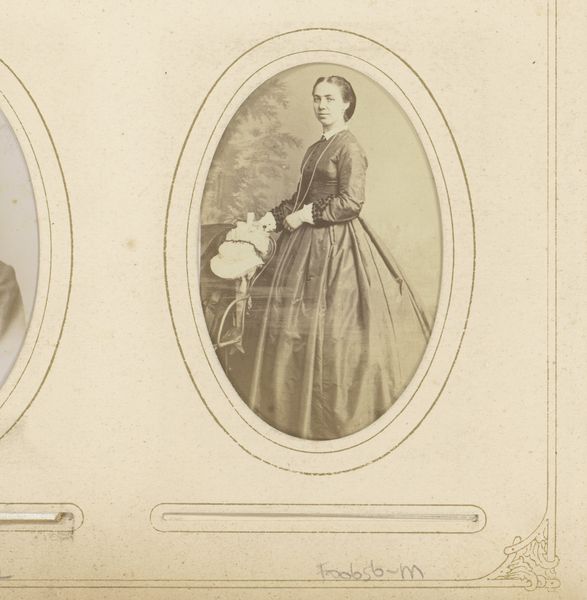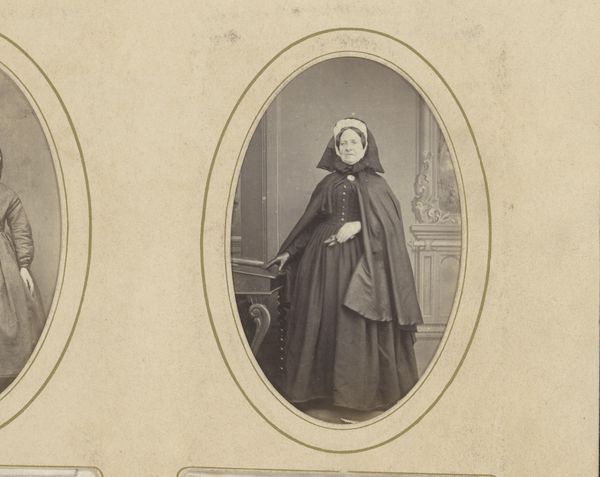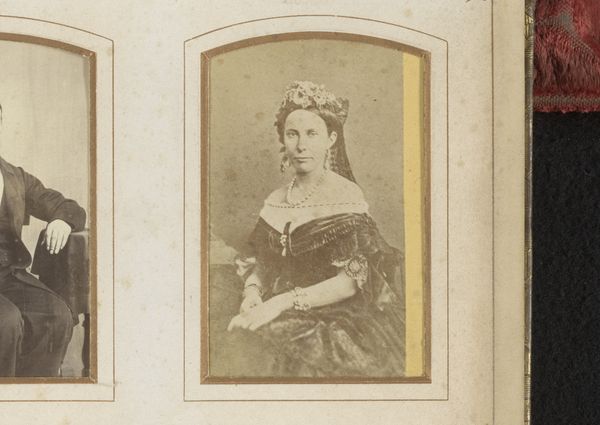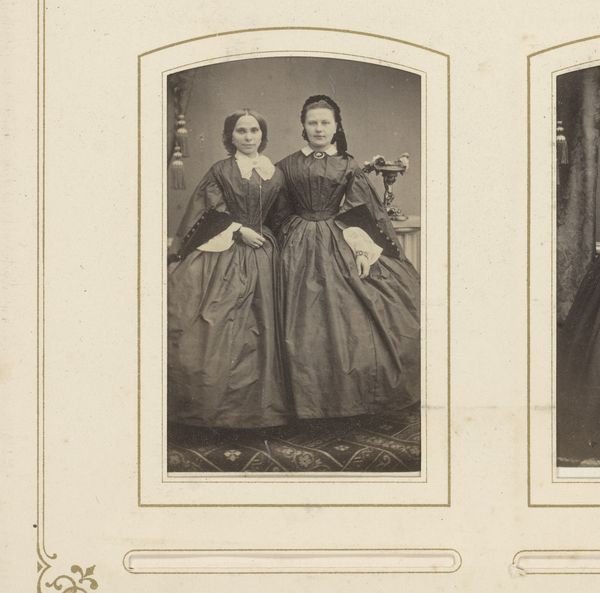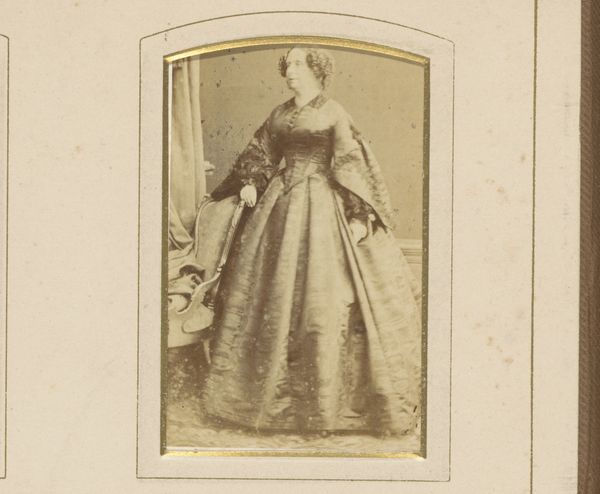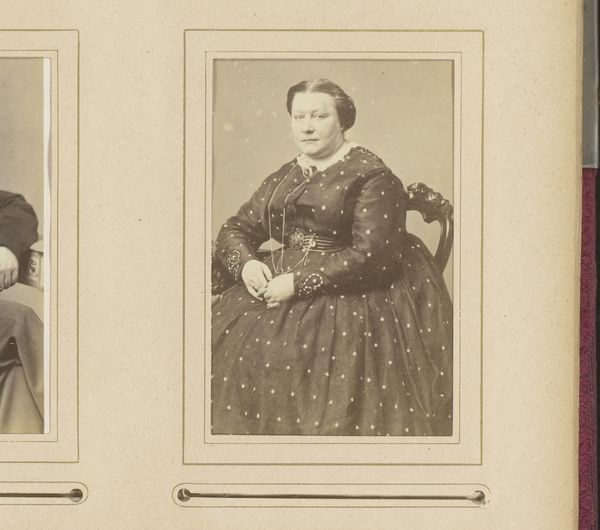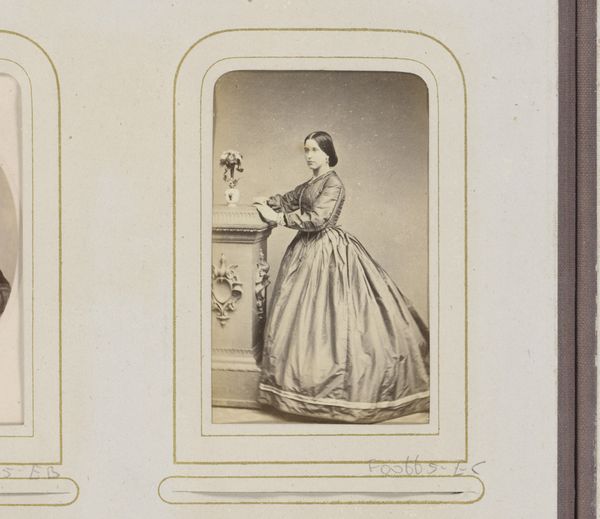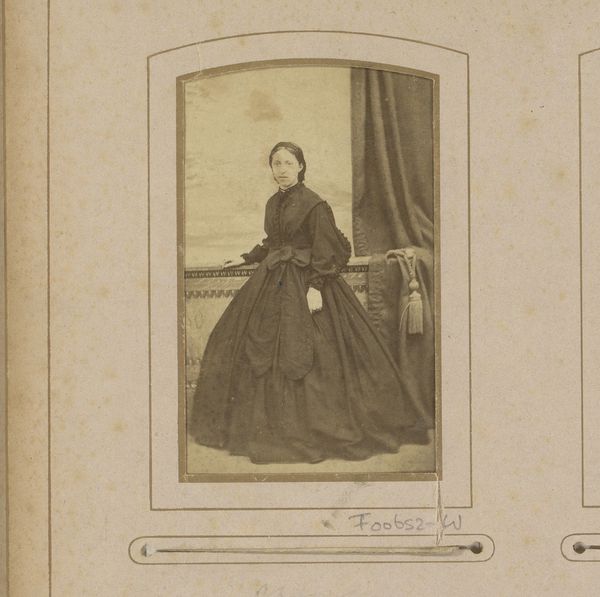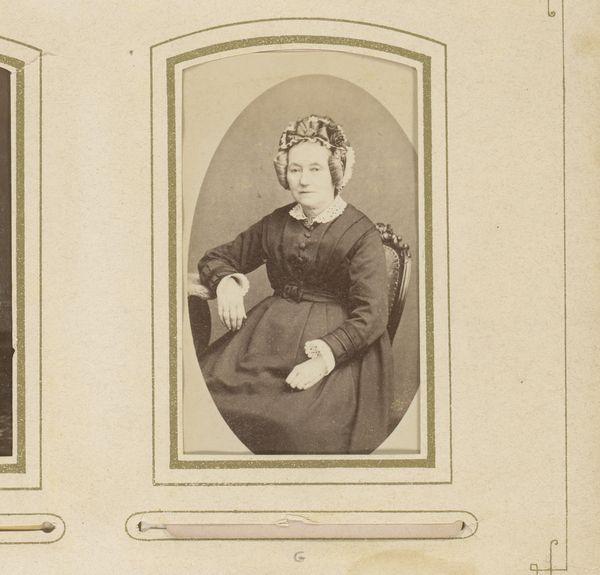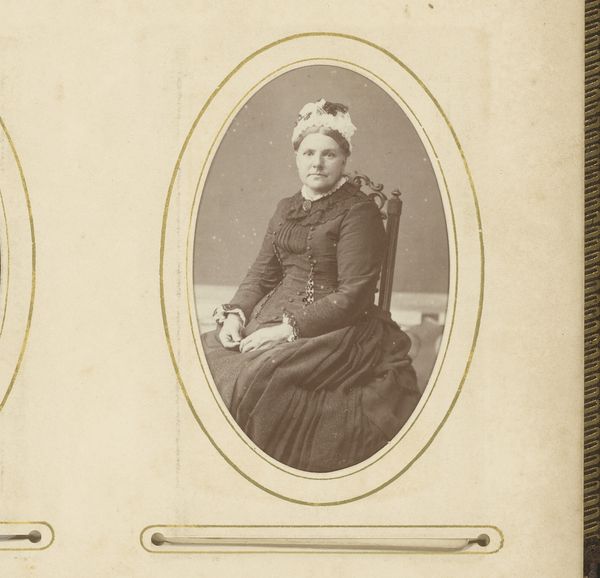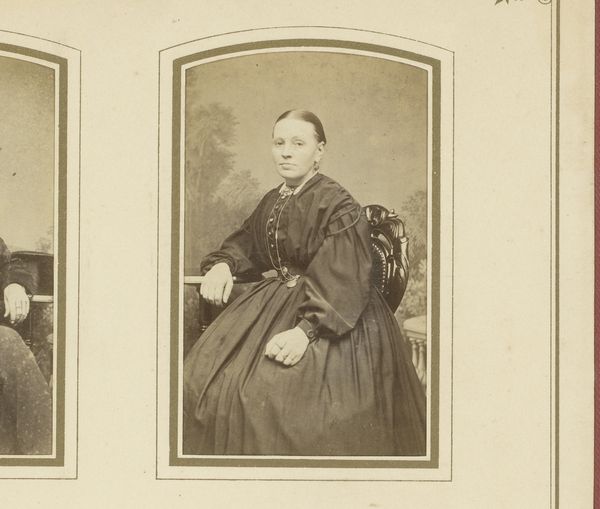
engraving
#
portrait
#
baroque
#
old engraving style
#
costume
#
dress
#
engraving
Dimensions: height 133 mm, width 72 mm
Copyright: Rijks Museum: Open Domain
Editor: This engraving by Wenceslaus Hollar, dating sometime between 1640 and 1707, is called "An English Woman of Rank with High-Necked Shawl." There's a formality to her pose that feels almost sculptural. What can you tell me about the imagery at play here? Curator: The costume is everything, isn't it? Notice the detail in the lace—the *flandres*. In the 17th century, what you wore broadcasted your identity. Hollar’s crisp lines capture more than just fashion; they record social codes. These garments reflect not only her elevated position, but perhaps even hint at the values of a particular Protestant sect which rejected overtly colorful or ornate garments. What emotions or psychological states do these choices evoke for you? Editor: I hadn't considered that. The somber tones do give off a certain severity. I suppose the details, like the lace and the fit of her gown, show the means for fine attire, just presented more modestly. It seems that this engraving has quite a historical record built in to her visual symbols. Curator: Exactly. It is a kind of language that speaks through cultural memory. Look closer. The shawl isn't simply functional, it subtly frames her face, drawing the eye. Notice how Hollar used hatching techniques to communicate information on textile patterns. This ensures that the viewer will perceive social class through visual rhetoric. The very act of meticulously depicting her, bestowing lasting permanence to her features and dress, amplifies her importance and reflects collective aspirations. Editor: So, we're not just looking at a portrait; we're reading a visual history book of the subject’s social world. Curator: Precisely. Art like this enables us to observe, participate in a conversation with cultural ancestors, and contemplate the ever-evolving human drama. Editor: This perspective adds so much to the artwork. Thank you.
Comments
No comments
Be the first to comment and join the conversation on the ultimate creative platform.
